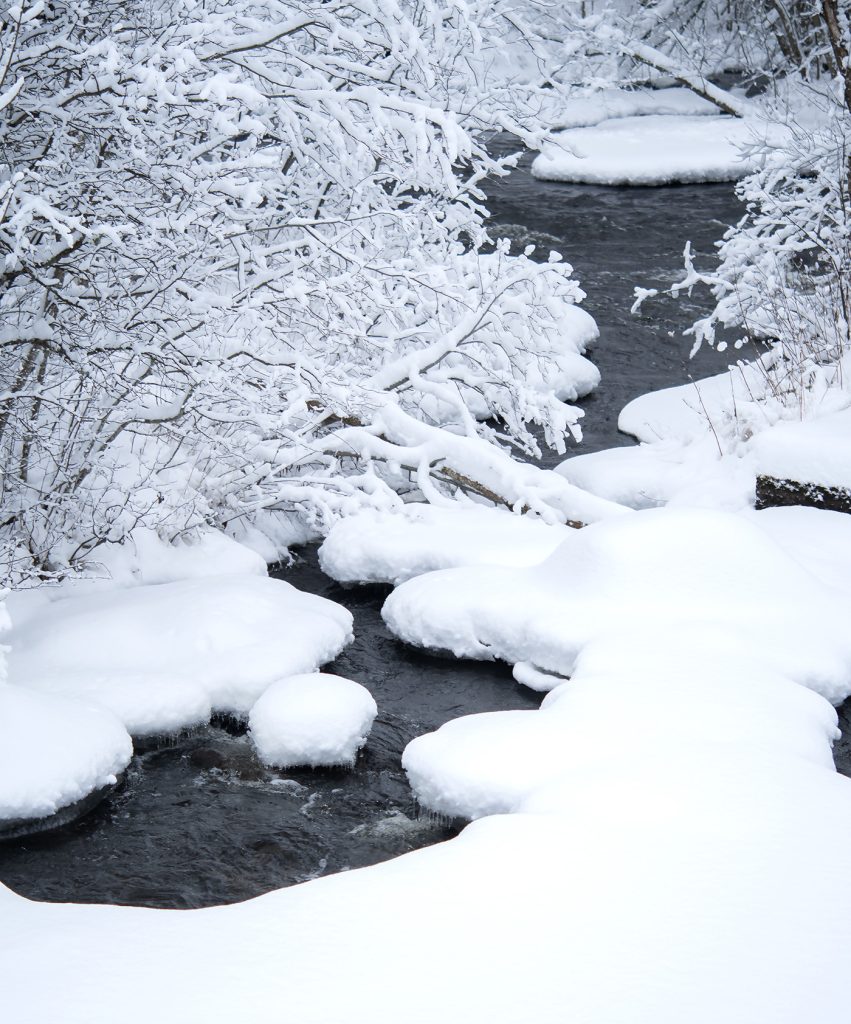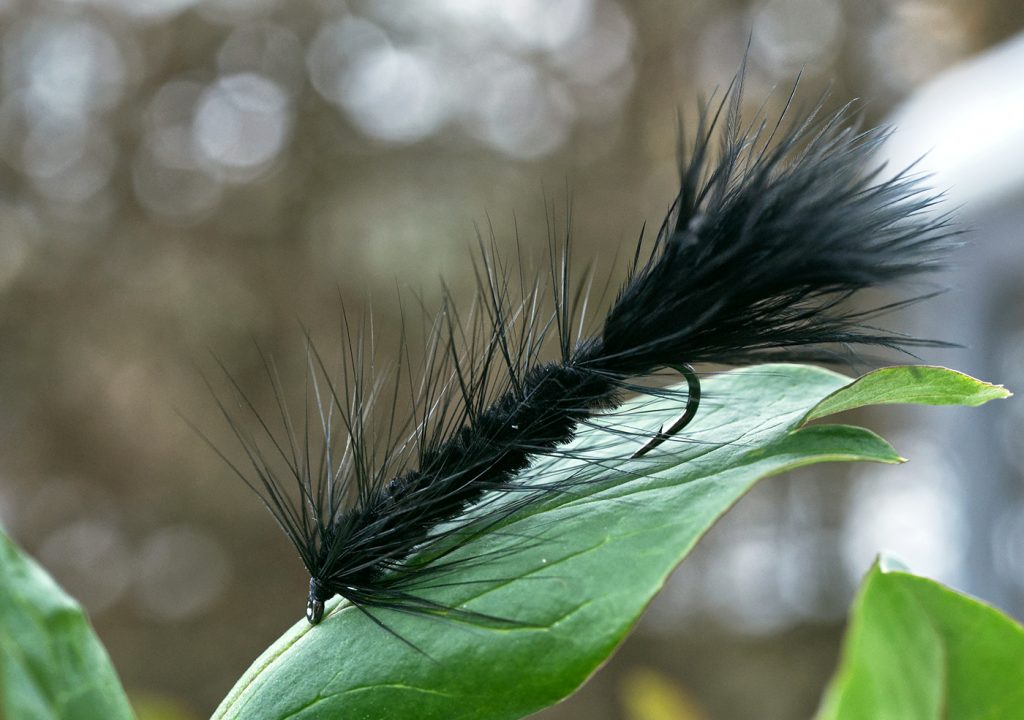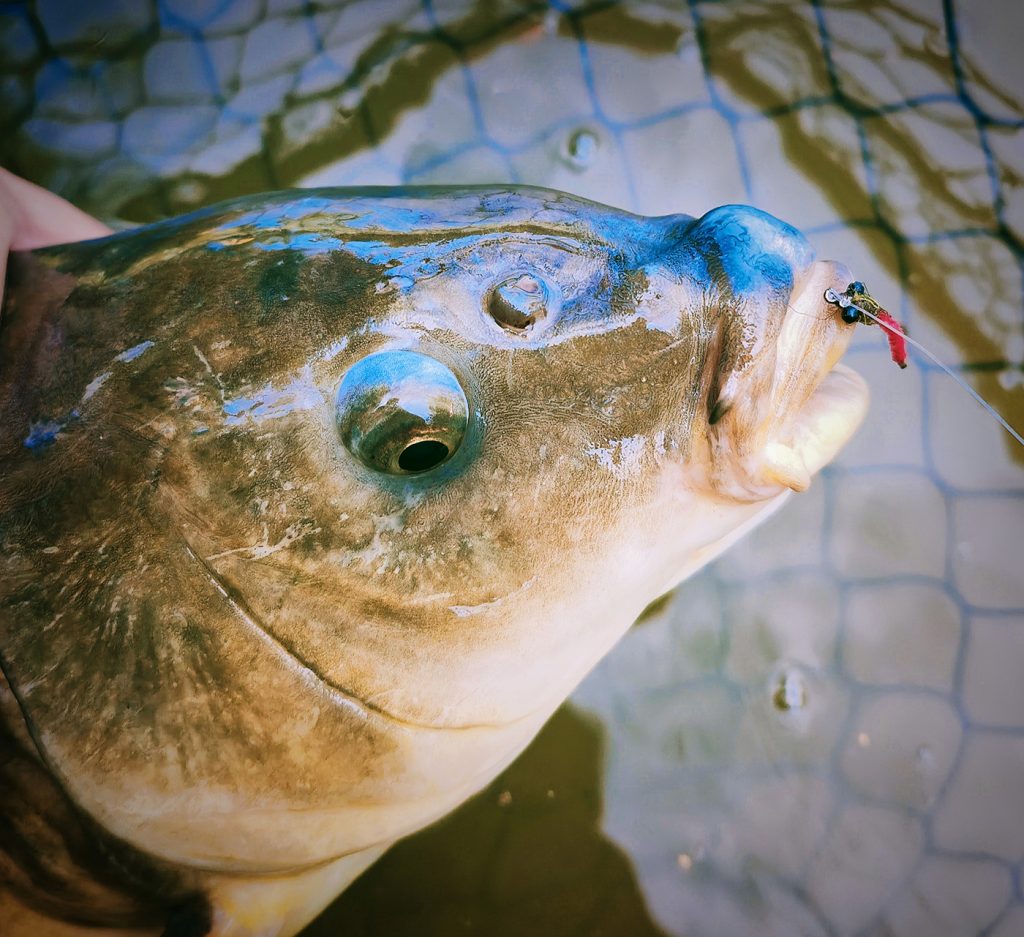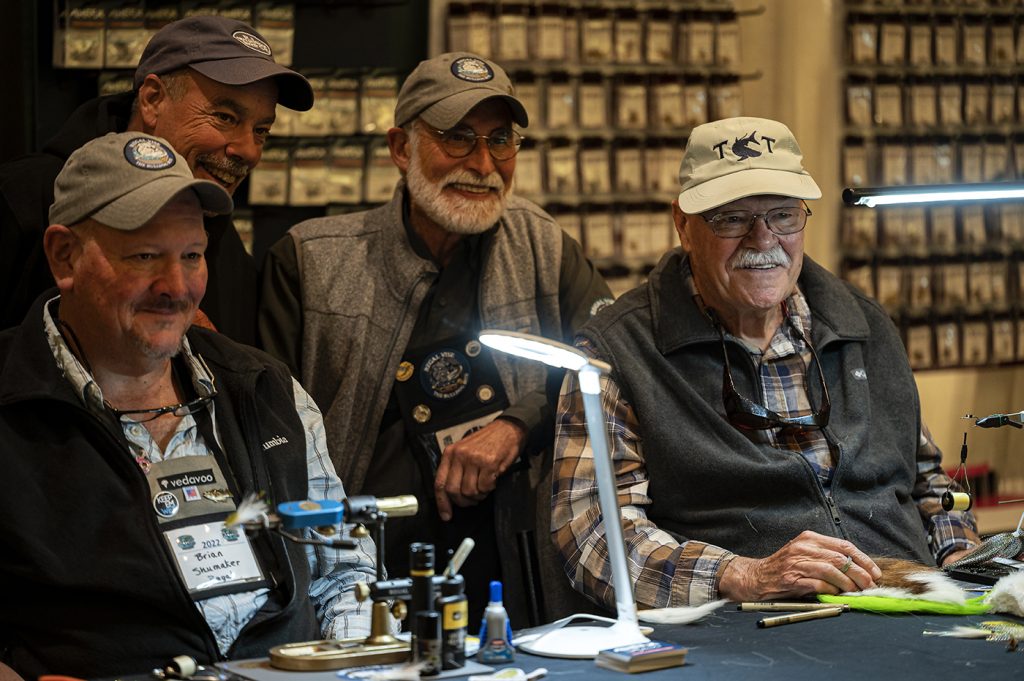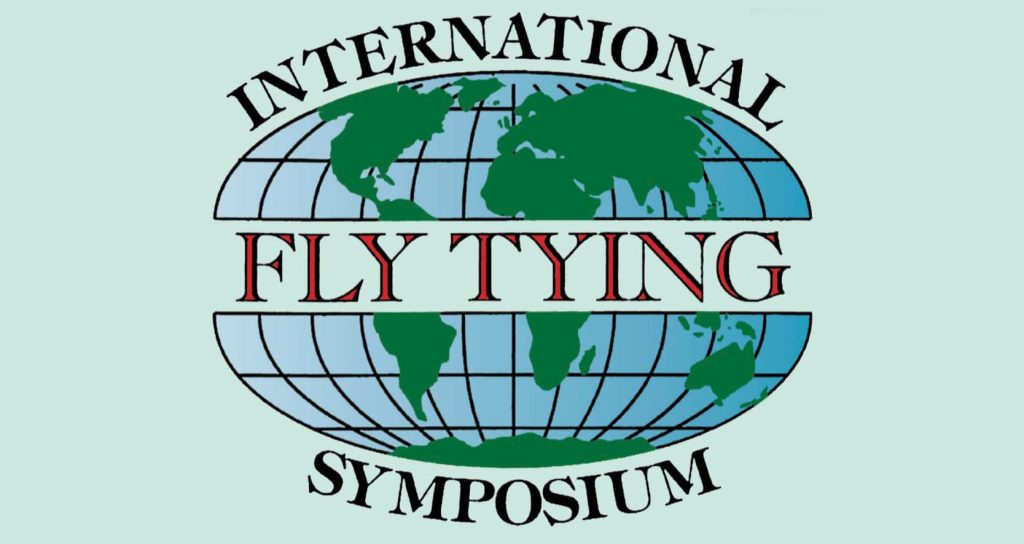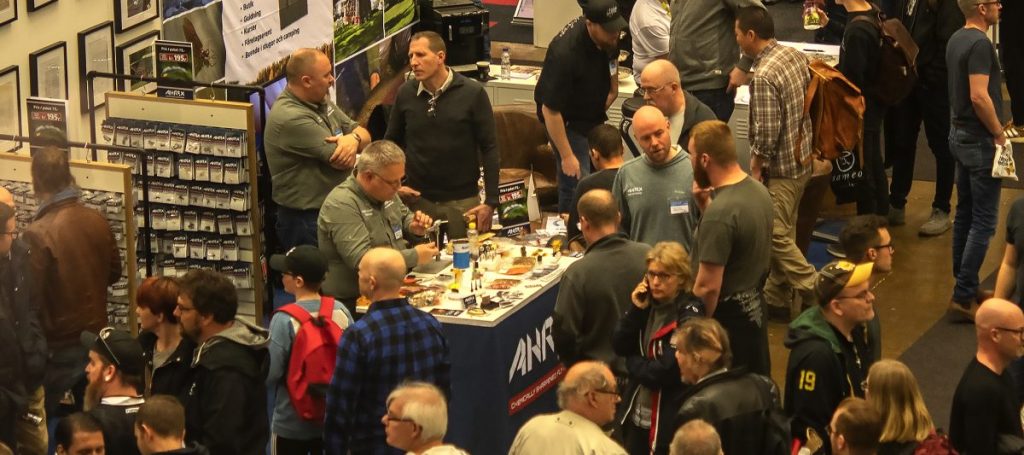
We’re busy bees these days. Well, we’re thankful to say that we are most of the time, but the late fall and following winter, we are a little bit extra busy attending fly shows. Fly shows are important for us. We enjoy meeting all of you, the fly fishers who use our hooks. There’s nothing better than hearing from people who use our hooks. And we appreciate input, even criticism from you – it’s how we get better, how we improve and how we sometimes get ideas for new hooks.
Continue reading “Busy bees”


